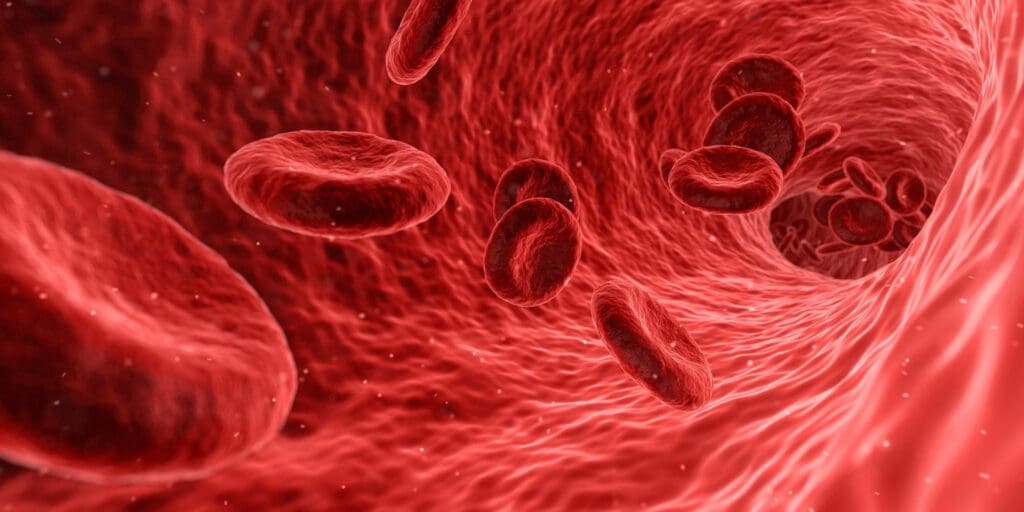Standard for comparable blood protein analyses in sight
Researchers at the University Medical Center Greifswald, together with international researchers, have developed a new concept that is intended to make the analysis of blood proteins comparable worldwide. The framework, presented in the journal Nature Genetics, aims to unify heterogeneous datasets from different studies and thus facilitate its application in medicine.
Blood proteins provide valuable information about inflammation, coagulation disorders or organ functions and can reflect a person’s state of health. Until now, different measurement methods, instruments and sample standards have made it difficult to compare results, which fragments proteomics research and hinders its clinical use.
The proposed framework is based on reference samples that can be used regardless of technology. It includes donor-based plasma from blood donations from various population groups as well as synthetic samples with specifically produced proteins or peptides. These standards are to be measured in parallel with each analysis in order to compare results from different laboratories and technologies.

Uniformity opens up new possibilities in patient care. The search for biomarkers for diseases such as Alzheimer’s will be facilitated, therapies can be adapted in a more targeted manner, and early detection and personalized treatments will come closer. In the long term, the concept could also enable the training of artificial intelligence with comparable data sets to support doctors in diagnoses and prognoses.
According to the scientists involved, this marks a step towards advanced, individualized medicine that goes beyond traditional blood tests.
“Uniform standards can help to detect diseases at an early stage or to record exactly how certain therapies work,” emphasizes Prof. Uwe VûÑlker, Head of the Department of Functional Genomics.
Original Paper:
A standardized framework for circulating blood proteomics | Nature Genetics
Editor: X-Press Journalistenbû¥ro GbR
Gender Notice. The personal designations used in this text always refer equally to female, male and diverse persons. Double/triple naming and gendered designations are used for better readability. ected.




